Howard Andrew Jones on The Roots of Arabian Fantasy
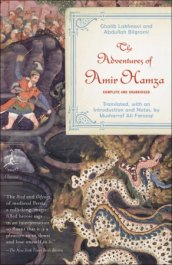
Black Gate Managing Editor Howard Andrew Jones, author of The Desert of Souls, knows a thing our two about Arabian fantasy — and excellent storytelling.
He was recently invited to be a guest blogger by our friends at SF Signal. The result is a fascinating post on the origins of Arabian Fantasy, the influence of Indian folklore, puzzle box stories, Aesop’s Fables, Persian myth, and more more.
Anyone looking for pointers on excellent non-Western fantasy will find the entire article richly rewarding, including this fascinating tidbit:
The fantastic tales of Arabia might, sort of, begin with the 1001 Nights, but they certainly don’t end there. Less well known in the west is The Adventures of Amir Hamza. This immense work was written by Ghalib Lakhnavi in 1871 — though that’s not when it was created. Lakhnavi was just setting to paper the result of some thousand years of oral stories concerning the fictitious exploits of the Uncle of the prophet Mohammad — though that should in no way diminish what was a mammoth undertaking. Like the 1001 Nights, The Adventures of Amir Hamza brim with fantastic monsters, magic, and mayhem and romance. Within them, though, is a more obvious strain of Indian influence. It is currently available in one volume from Modern Library, painstakingly and lovingly translated/assembled by Musharraf Ali Farooqi.
The complete post is here.
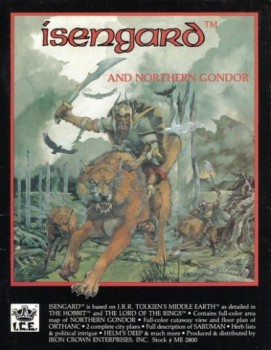
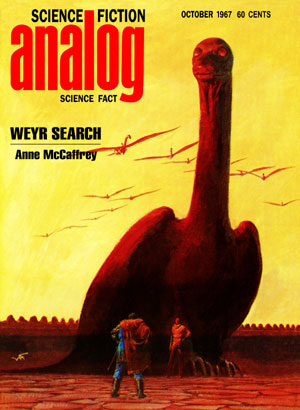

 Three years ago this week I posted my fist official article on the new Black Gate blog. I was one the original seven bloggers who answered John O’Neill’s call to make Black Gate online a place people wanted to visit again and again.
Three years ago this week I posted my fist official article on the new Black Gate blog. I was one the original seven bloggers who answered John O’Neill’s call to make Black Gate online a place people wanted to visit again and again.
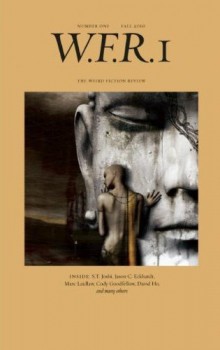
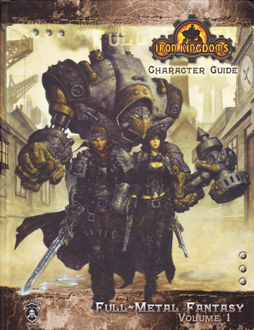
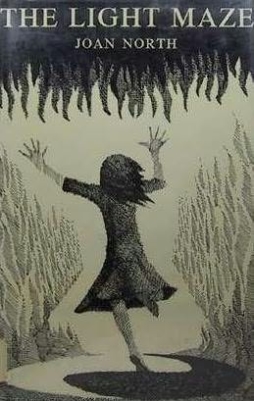 If you read a lot, you’ll soon find yourself drawn to writers who become personal favourites but who, unaccountably, go unrecognised by the wider world. A little while ago my girlfriend introduced me to a book by one of her own favourite writers, a woman named Joan North. I want to write about North here, because I was impressed by her work and I think she deserves to be better known.
If you read a lot, you’ll soon find yourself drawn to writers who become personal favourites but who, unaccountably, go unrecognised by the wider world. A little while ago my girlfriend introduced me to a book by one of her own favourite writers, a woman named Joan North. I want to write about North here, because I was impressed by her work and I think she deserves to be better known.
